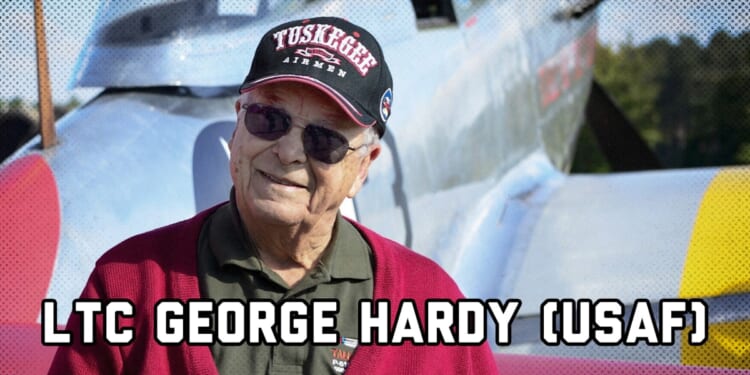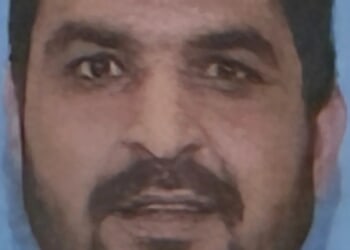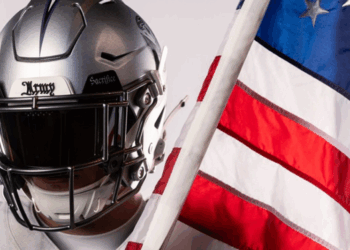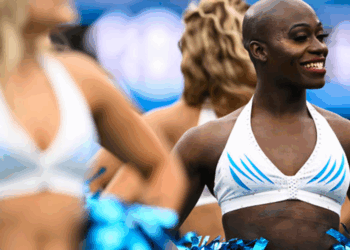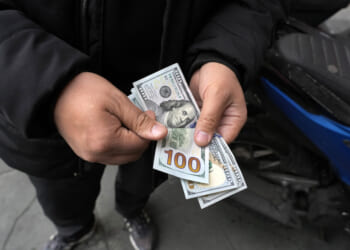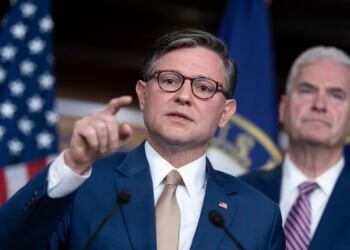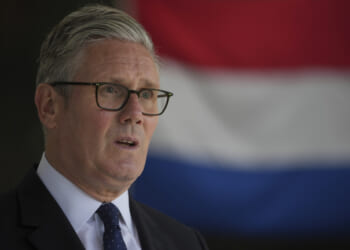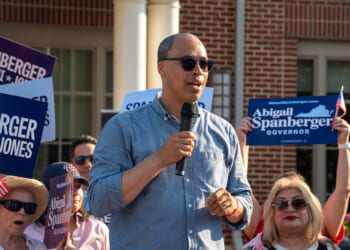It is inevitable that each day, the number of good men from the Greatest Generation is rapidly dwindling.
I have previously written about the Tuskegee Airmen, pilots who served our country during World War II with honor and distinction, despite the racial and cultural barriers at the time. Among those 332nd Fighter Group “Red Tail” Vets who have departed, I have profiled Brig Gen Charles McGee and his wingman, Lt Col Alexander Jefferson.
Lt Col George Hardy, the youngest Red Tail fighter pilot who flew his first combat sortie over Europe at 19, died this week at the age of 100, leaving behind 13 of the original Tuskegee Airmen. But he was the last of the Tuskegee Airmen to fly combat missions in World War II.
George was a Philadelphia native, the second of seven children. His father, Edward, was a podiatrist, and his mother, Alma, was a homemaker. He recalls being subjected to racism and segregation during his formative years in Pennsylvania.
He was at home doing schoolwork in December 1941 when his family first heard about the Japanese attack on Pearl Harbor. He graduated from South Philadelphia High School, though his father insisted he wait until he was 18 before military service. Nevertheless, inspired by his older brother, who joined the Navy in 1941, George enlisted in the Army Air Corps as soon as he was eligible, at the age of 17.
In retrospect on enlisting in the Army instead of the Navy, Hardy said: “We’re Afro American, racial segregation was really rigid. Then, the Navy would only take you if you were a mess attendant, associated with serving and preparing the food. There were no colored officers in the Navy. … My brother [enlisted] and they made a cook out of him.”
Of his decision not to wait until he turned 18, he said, “In early March of 1943, the military announced if you’re 17 and a high school graduate, you can take the Aviation Cadet exam. I rushed up and took that on the 17th of March for the Army, and I passed the written and physical and was sworn in as a private in the Army. But because of R17, they couldn’t take me, they said, ‘As soon as you turn 18, we’ll give you orders for active duty,’ which happened in June.”
Having demonstrated his intelligence and capability early on, he started flight training at Tuskegee Army Air Field, assigned to the 320th College Training Detachment at Tuskegee Institute, and he graduated in December 1943. He then completed officer basic training at Keesler Army Air Field in Biloxi, Mississippi, earning his wings and commissioning as a 2d Lt. From there, he went to Walterboro Army Air Field in South Carolina, completing combat air training in P-47s in 1945.
He was one of about 450 Tuskegee Airmen pilots who were ultimately deployed for combat in Europe, and he was assigned to the 99th Fighter Squadron, 332 Fighter Group, Ramitelli Air Field in Italy. During WWII, he flew 21 missions over Germany in his P-51D Mustang, “Tall in the Saddle.” Most of those were bomber escorts for B-17 and B-24 heavy bombers, intercepting German fighters. Other sorties were devoted to strafing attacks on military trains, supply convoys, and enemy airfields.
You can watch George recount his early life and experience with the Red Tails here.
After the war, he returned to Tuskegee as a flight instructor until the base closed in 1946. Not intending to pursue a military career, George then spent two years at New York University School of Engineering and Science.
But in 1948, a year after the Air Force had separated from the Army and had its own budget, and with his wife Beatrice pregnant with their first child, George determined, “I better go back into service where I can support a family.” He then returned to Keesler Air Force Base for training in bombers. From there, it was to Guam with the 19th Bomb Group, and then to Kadena Air Base on Okinawa, from where he flew 45 combat missions into Korea as a B-29 pilot.
Notably, though facing initial racial tension with his commander, Lt Col Fred Miller, they would later develop a great mutual respect, and Miller would declare that Hardy was one of the finest officers in his command.
After his service in Korea, he completed a Bachelor of Science degree in electrical engineering and a Master of Science degree in systems engineering-reliability, both from the U.S. Air Force Institute of Technology. He recalled with pride, “So now this high school [had] two engineering degrees.” Having attained the rank of Major after earning his degrees, he and his then-family of three spent five years at the Systems Command, Electronic Systems division in Massachusetts, where he would also be promoted to Lieutenant Colonel.
In April 1970, he was deployed to Vietnam with the 18th Special Operations Squadron, where he flew 70 combat missions as pilot of an AC-119K gunship — a heavily armed aircraft designed for close air support.
After his tour concluded in 1971, George retired from military service, having earned a Distinguished Flying Cross, multiple Air Medals, and two Presidential Unit Citations. He then spent 18 years as a project manager with GTE Corporation before fully retiring.
In a 2022 interview, he said: “People always talk to me about my combat time… You know, I took those combat missions, flew combat missions, and always came back home. But what I’m most proud of is that I got two engineering degrees, and I worked in that field for a while. And when I was a kid, I always wanted to be an engineer. I’m so proud of that fact, but very few people talk about that. You know, they talk about the flying and all of that, but the engineering took a lot of work, a lot of studying. And I loved it. It’s one of those things that I’m proud of.”
When accepting an American Spirit Award on behalf of his Tuskegee Airmen in 2024 from the National World War II Museum, he said: “When I think about the fellas who flew before me and with me at Tuskegee and the fact that we did prove that we could do anything that anyone else could do, and it’s paid off today. … It’s hard to believe that I’m here receiving this award — with them.”
Of his service with the 232 Fighter Group Red Tails, he concluded: “I feel very fortunate. Someone was looking out over me. I feel it. Someone up there likes me, and I was able to make it out alright.”
A P-51D Mustang was restored in England featuring his “Tall in the Saddle” name, and it is flown in air shows over Europe.
It is with a heart of immeasurable gratitude that we honor George Hardy and his fellow Tuskegee Airmen for their service and sacrifice.
Blue skies and tailwinds, George Hardy. CAVU! God bless you, sir, and your family in your absence.
“Greater love has no one than this, to lay down one’s life for his friends.” (John 15:13)
Live your life worthy of his sacrifice.
(Read more Profiles of Valor here.)
Semper Vigilans Fortis Paratus et Fidelis
Pro Deo et Libertate — 1776
Follow Mark Alexander on X/Twitter.
Join us in daily prayer for our Patriots in uniform standing in harm’s way in defense of American Liberty, and for the families awaiting their safe return. Pray also for our Veterans, First Responders, and their families.
Thank you for supporting our nation’s premier journal of American Liberty.
The Patriot Post and Patriot Foundation Trust, in keeping with our our Military Mission of Service to our uniformed service members and veterans, are proud to support and promote the National Medal of Honor Heritage Center, the Congressional Medal of Honor Society, both Honoring Their Sacrifice Foundation and Warrior Freedom Service Dogs aiding wounded veterans, Tunnel to Towers Foundation, the National Veterans Entrepreneurship Program, the Folds of Honor outreach and Officer Christian Fellowship, the Air University Foundation and Naval War College Foundation, and the Naval Aviation Museum Foundation.

